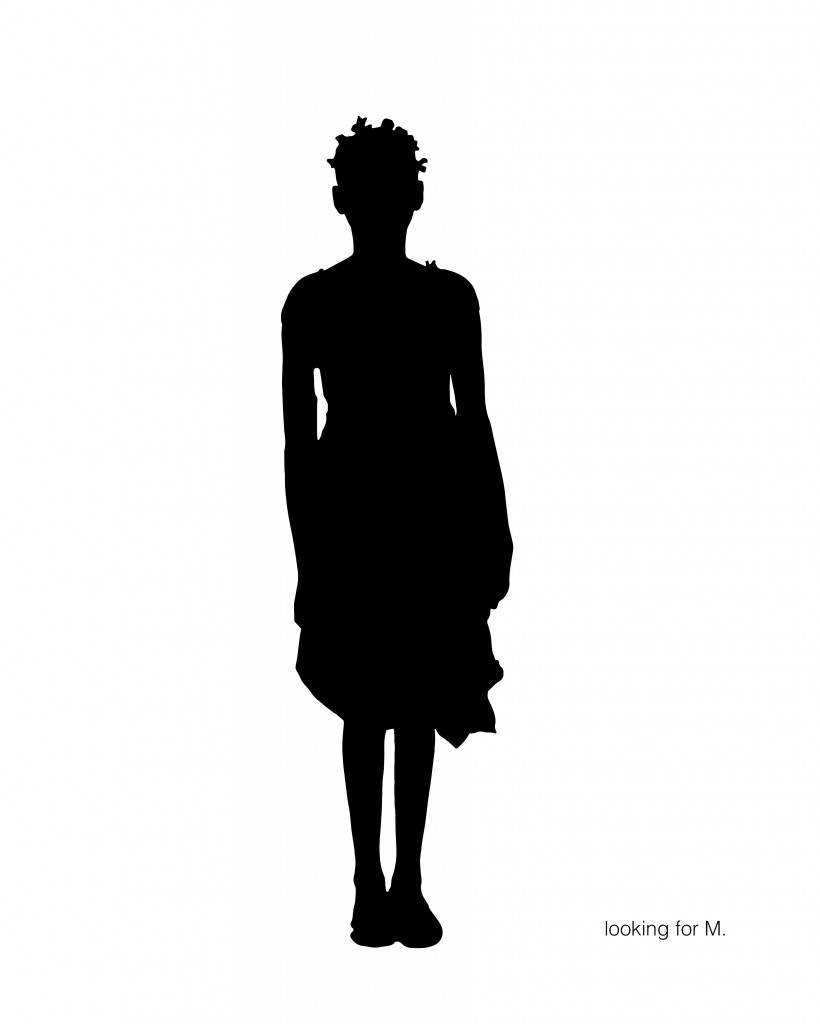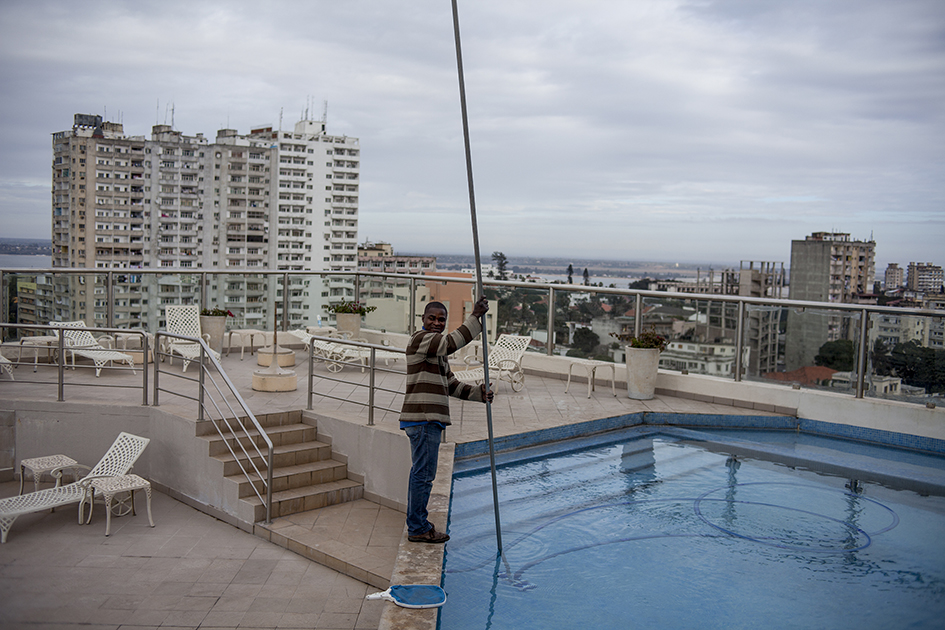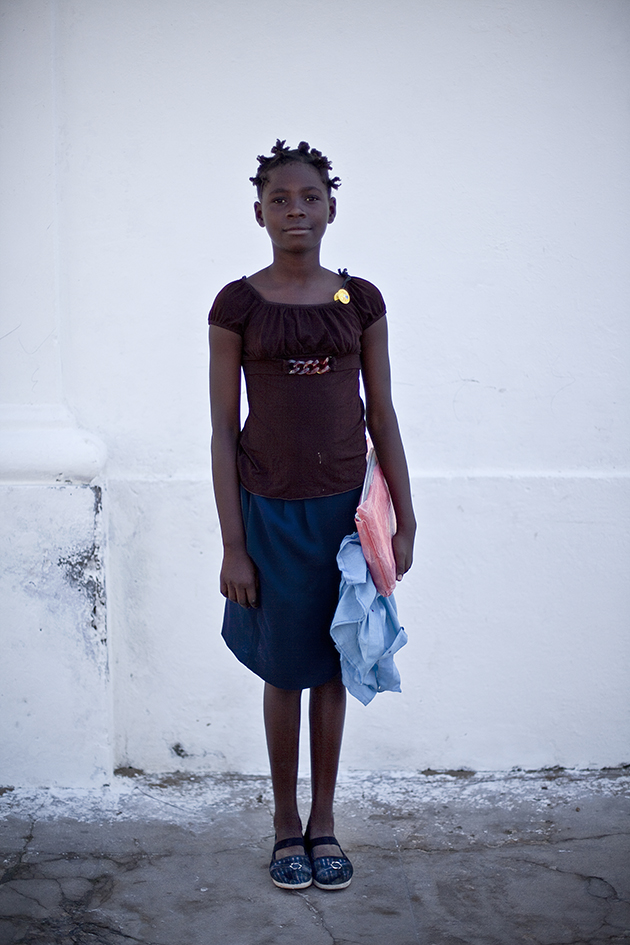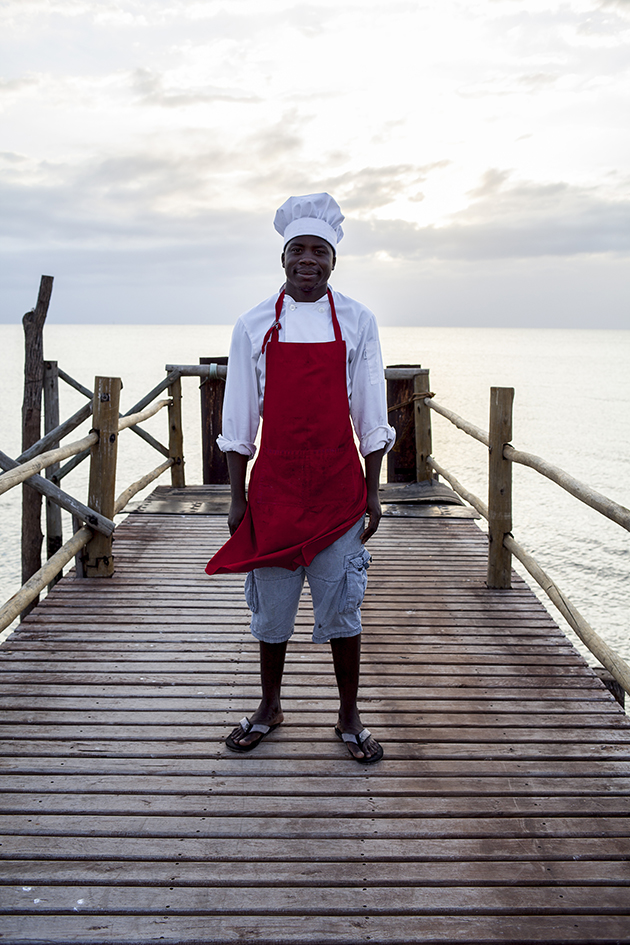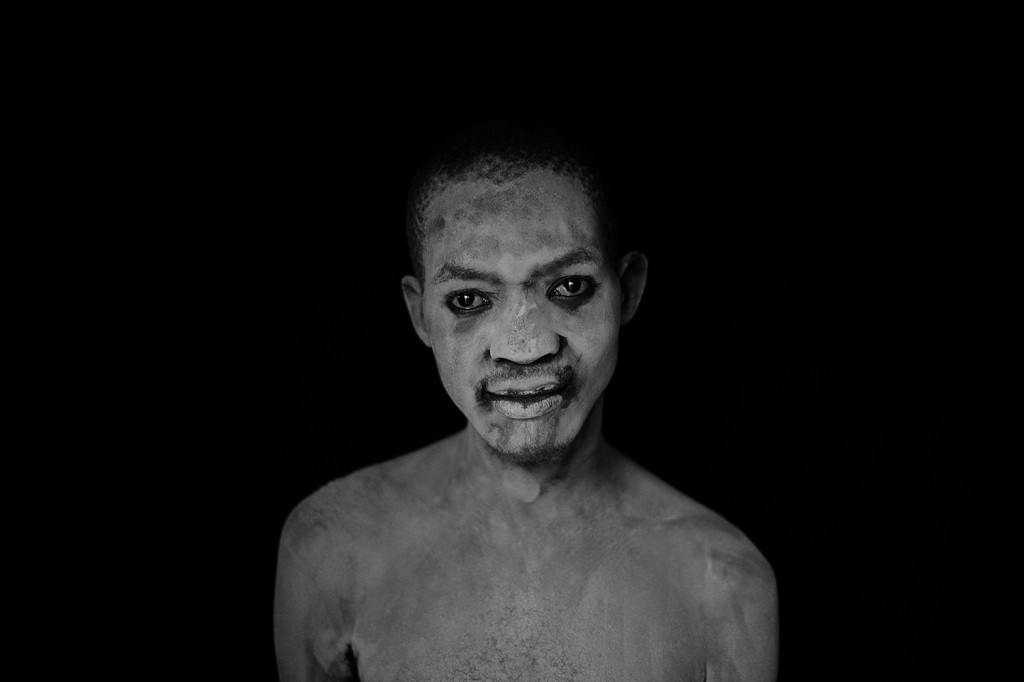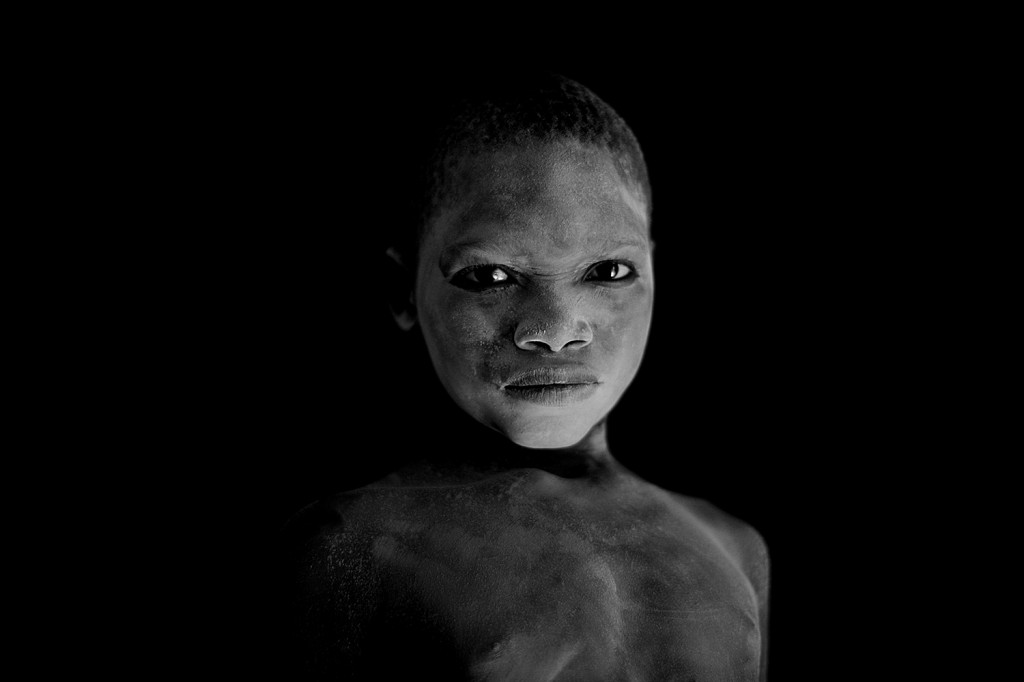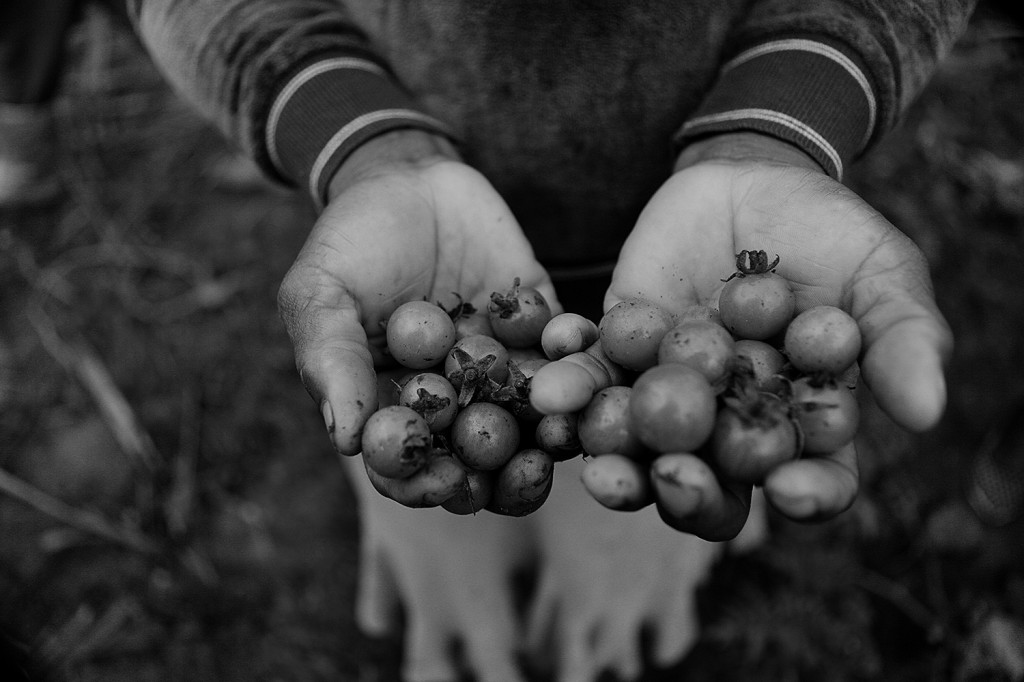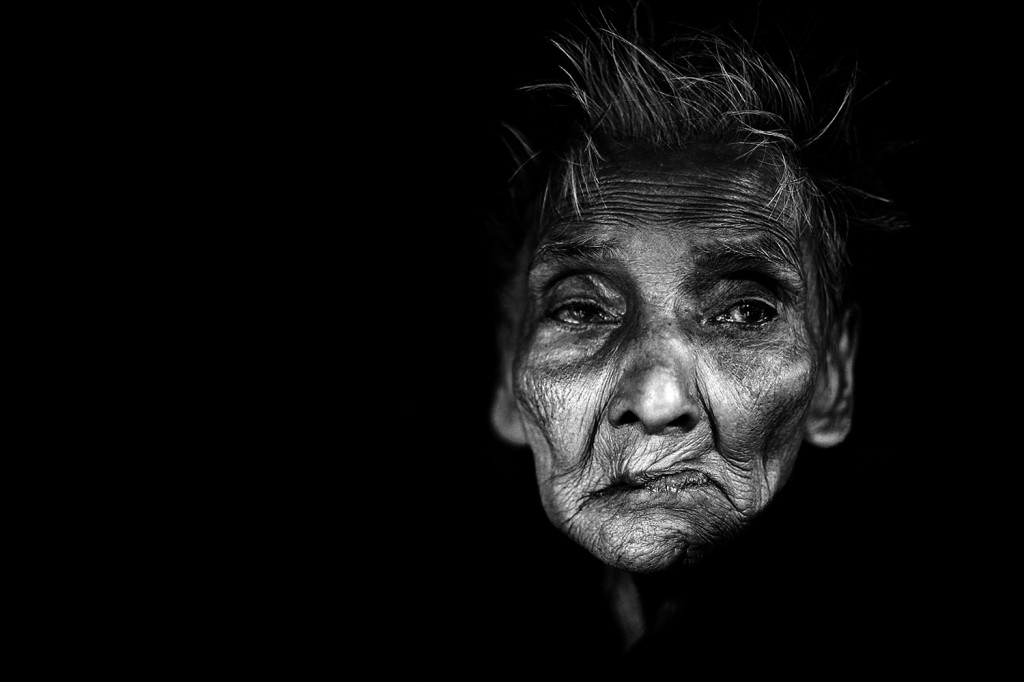M. is for Mozambique
For many non-Portuguese speaking people the history of Mozambique is unknown. Overshadowed in the media by the situation in their neighboring South Africa, their independence in 1975 after almost a decade of war was not widely reported. Two Dutch photographers however, took special interest in the country. One before and one after this major event. Now the latter published a photography book combining both mens work.
“I visited Mozambique three times. The first time was in 1997, when I was a graduate student in South Africa, in Pretoria”, photographer Ben Krewinkel says. “I came back again in 2000 and two years ago, when I spend almost a month traveling around together with an old college friend of mine who spoke Portuguese. We went practically without any structure and orchestration, just to see how after forty years of independence the country looked. To visualize that I linked my pictures of modern day Mozambique to those made by photojournalist Frits Eisenloeffel (1944-2001), which he made right before the countries independence in 1975.” With ‘Looking for M.’ he bridged and merged an era in which the country was at the start of a new phase of independency, reflecting on the Mozambique’s hopeful future while at the same time looking back at it’s troubled past.
Schoolgirl
Krewinkel choose a nimble approach to ‘Looking for M.’ Although he’s been engaged for a long time in Mozambique, and it is a serious matter, he wanted to make this book project feel effortless: to travel around and see what happens. The result is a small book in an illustrated sleeve with a pitch-black silhouette of a young black woman on the cover. It’s a schoolgirl from Mozambique. “My initial idea was to use this picture for the front cover, but the photograph turned out blurry. Only later the same picture came out to be quite usable. I adored it. While I was shooting this girl she distracted by a number of other college girls she was gathering with. She seems very quiet, but also a bit tense. When I found out that the picture was actually appropriate for the front cover, it symbolizes, although in a somewhat clichéd expression, the new Mozambique”, Krewinkel explains.
M.
So where does the ‘M.’ in the title exactly stand for? Krewinkel explains it as standing for his return to the Mozambique that he encountered in 1997 and didn’t been record at the time. But in the meantime he learned a lot more about the country, so perhaps the ‘M.’ partly mirrors the ‘memories’ that he has. “For that ‘M.’, you can fill in a lot of things”, he admits. And that at the same time resembles the content of this photography book. The images are diverse and range from street scenes, portraits of ordinary Mozambicans and some architecture shot by Krewinkel to images of marching soldiers, fleeing Portuguese and posing generals captured by Eisenloeffel. All of this combined with cutouts of newspapers writing about the upcoming independence make the selection of images more than a simple comparison between the differences of ‘then’ and ‘now’.
Eisenloeffel
The idea for this book came to Krewinkel when he was investigating the archive of Frits Eisenloeffel back in 2005. He saw his photographs of Mozambique and felt he had to pick up that story, to close the loop. “It was then, in search of the Mozambique that I had encountered myself, the Mozambique that Eisenloeffel has seen with his own eyes, and that I had never documented.” Eisenloeffel studied political science at the University of Amsterdam and became interested in the struggle for independence in African countries back in the seventies. During his studies he ran into radicalized Portuguese deserters in Paris and wrote journalistic pieces about Portugal, leading him to Mozambique. “He worked as a journalist and his photographs were originally intended to illustrate his articles about the political situation in the country. In the context of ‘Looking for M.’ I gave his pictures a different meaning, because I linked his journalistic images to my documentary photographs. The cultural historical context is changing and with it, perhaps, the interpretation of images in the documentary mode.”
Murals
The idea to combine his own images with those of Eisenloeffel only came after he was already done shooting and are actually a tribute to his work. It was Eisenloeffel he went to Mozambique in the first place, hence the chronological order of which the images are shown in the book. A good example of this are the wall murals they both photographed, yet forty years apart. They are a vital part of public life in Mozambique and of the history of the country. Usually they depict propagandistic stories of the revolution. “But nowadays the people pass them by as if they weren’t there and nobody seems necessarily interested in the history of the revolutionary struggle”, says Krewinkel. “Especially the young people have other things on their mind, which is visible in the streets, with people not taking notice to then at all. When Eisenloeffel visited Mozambique these murals meant the future, when I was there they rather seemed to represent the past.”
‘Looking for M.’ was published earlier this year and will be shown at LagosPhoto from October 24 till November 27.
Read the original article on This is Africa




